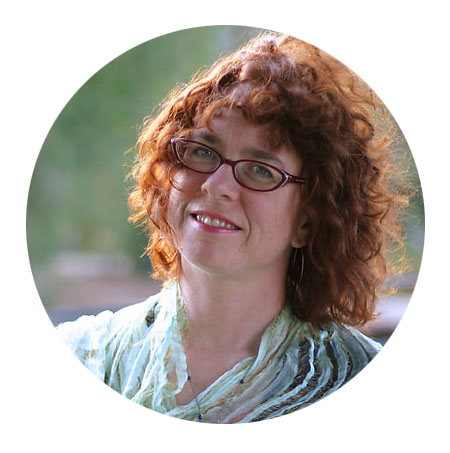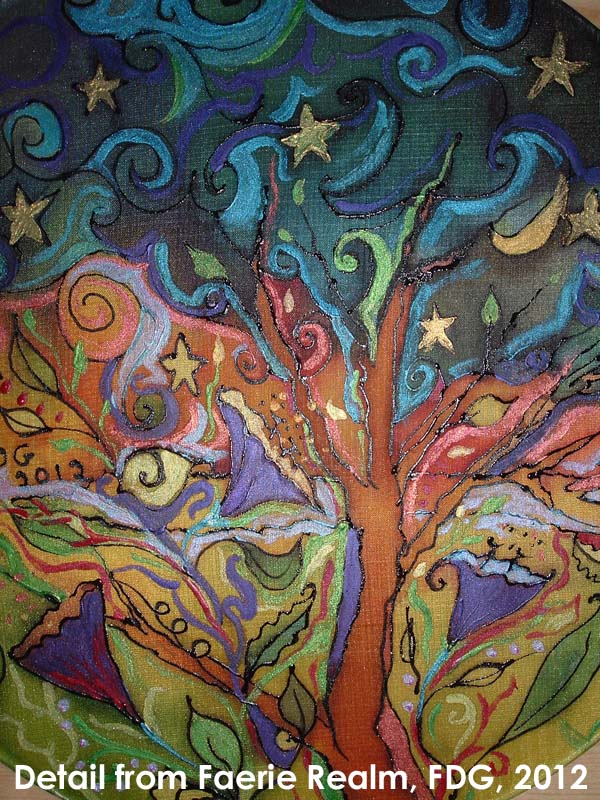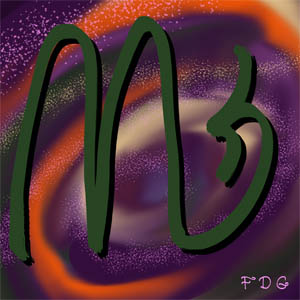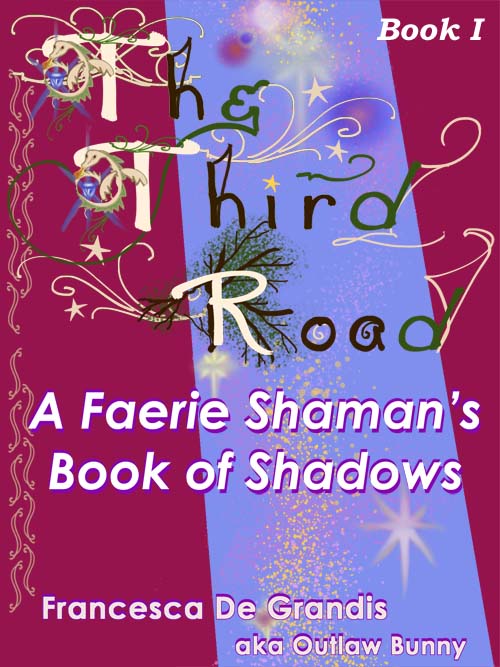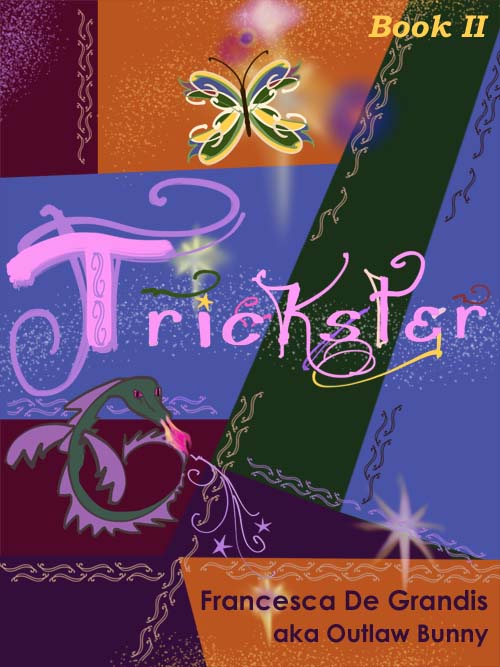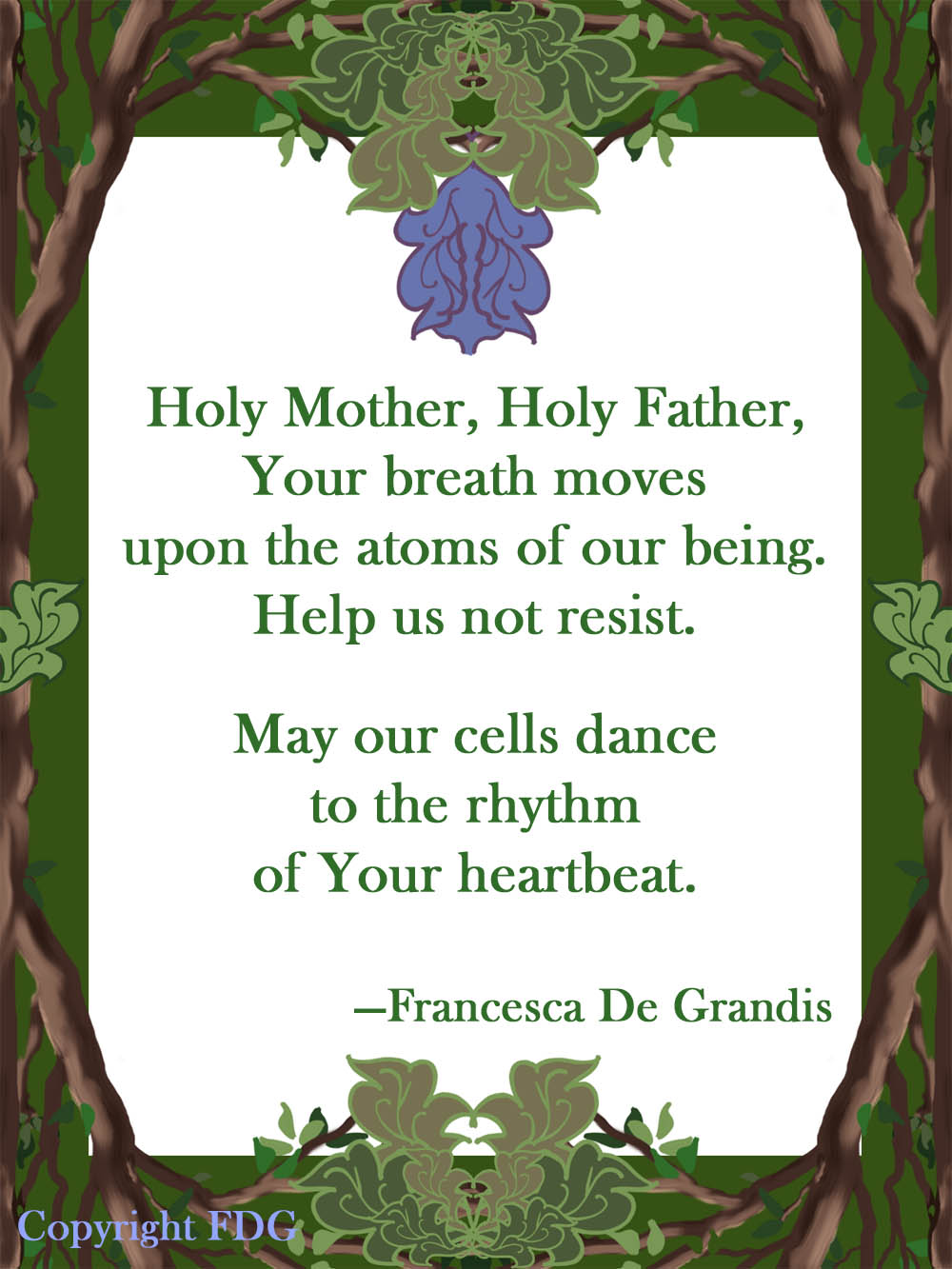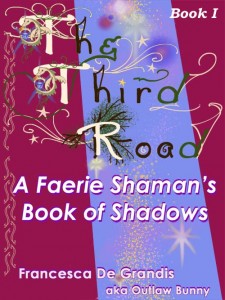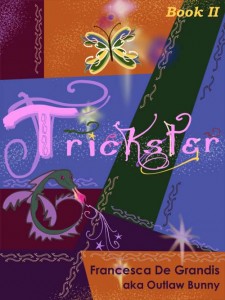A two-month Faerie love-in! The unconquerable magics of love, gentleness, compassion, play, pleasure, and beauty will help you
* reach goals your heart longs for,
* make the world a better place,
* and enjoy wonderful self-care.
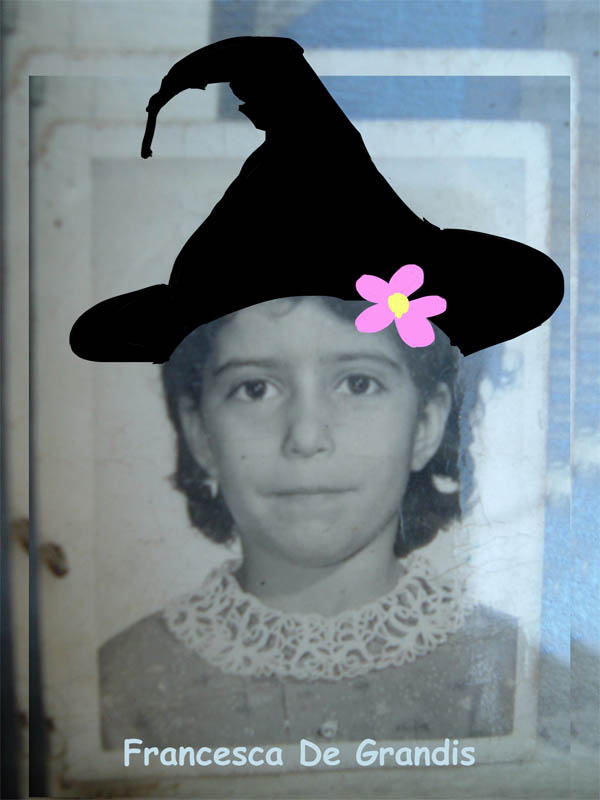 Some Pagans insist a “real witch” is always brooding, hexing, and amoral. Humbug! They might call this event “fluffy bunny Paganism,” but the event’s immense power syncs all the way to the center of the earth and rises all the way to the stars.
Some Pagans insist a “real witch” is always brooding, hexing, and amoral. Humbug! They might call this event “fluffy bunny Paganism,” but the event’s immense power syncs all the way to the center of the earth and rises all the way to the stars.
The Third Road tradition of witchcraft can be fierce and determined. We also have gentle magics that reach goals just as effectively. This event focuses on that gentle mojo, letting our love, compassion, and playfulness radiate to illuminate our lives and the world.
The world needs your loving light, which my student Jenelle Campion describes as a sweetness that’s invalidated.
This event is for witches who strive to be both wild and gentle, strong and compassionate. I call such a Pagan a “Love-Witch.”
You’ll be drenched in love! The event has four magics that add up big. You receive:
1) Long distance direct spiritual transmissions, three days a week, for two months. You don’t have to do anything for the transmission to work. I do the work for you.
Traditional craft—my magic spinning to support your every cell. The transmission shapes to you: it gives you what your heart needs next, helps you go heart-led directions, and nestles you into the love and bounty within the Great Mother’s heart. For two months!
2) Seven ritual circles of love, via group phone call. Our rites together draw on gentle magics—our loving suppleness, light-heartedness, and spiritual beauty—to make a better world, achieve personal goals, and nurture self-love.
These gentle magics also align us with the enchantments that surround us every moment—that power is Divine Love, the most potent magic of all.
It’s a Faerie Love-In! Our shamanic process will be compassion, play, beauty, and pleasure. I push students when needed, but not in these meetings. I’ll guide with a gentle touch. We can best bring gentleness, compassion, play, and pleasure to the world if we give that to ourselves in our own process. These meetings will model that for you.
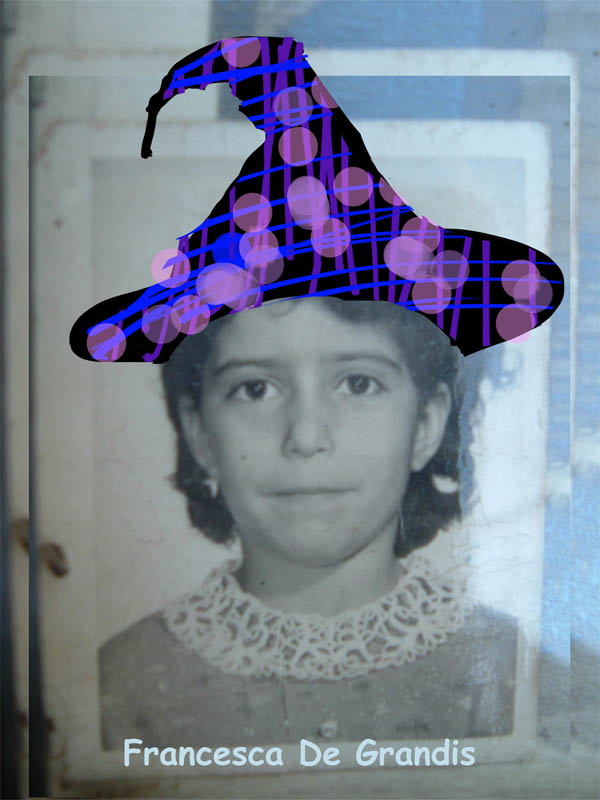 If you’re the rare heart-led being, you know it’s hard to be an agent of love in a world where vision is often scorned by those who prefer greed and narrow-mindedness, Receive tools to do your work in the world and to take loving care of yourself in the process.
If you’re the rare heart-led being, you know it’s hard to be an agent of love in a world where vision is often scorned by those who prefer greed and narrow-mindedness, Receive tools to do your work in the world and to take loving care of yourself in the process.
Win as an agent of love:
* Has darkness tried to snuff your bright light? We’ll discuss shining brightly without drawing attack and other protections.
* Learn gentle magics that create immunity to cynics, greedy people, and others who fight Love. Move through the world as a love-witch, without being crushed by attacks or discouragers.
* Give yourself all the love, compassion, and joy you readily give everyone else.
Receive personal attention. During tribe meetings, I’ll intuit lessons and rites that help you go where your heart leads and nestle you in Divine Care.
The group meets via group phone call. Simply dial the phone to participate.
We meet seven Thursdays, from 6:00 to 7:00 PM EST. Meetings are spread over two months’ time. Holiday weeks are among those we skip. Meeting dates:
November 10
November 17
December 1
December 8
December 15
December 29
January 12
Reserve Thursday, January 19, same time, for a makeup class in case I’m unavailable for one of the planned sessions.
(Direct spiritual transmissions start November 7, a few days before class, to begin our Faerie love-in before we even gather.)
3) Heart-Centering: On weeks without tribe meetings, a quick-to-read email centers you in your gentle witchcraft and heart-goals.
4) You receive a full color digital talisman tailored to your unique spirit. I magically activate the talisman to moor you to your Gods’ love and protection as you work toward your life goals and do Their work. Their powers and love feed yours. These talismans are my original art painted in trance. You receive yours as a JPEG by email. (I retain full copyright of my art. Commercial use of the piece is available at additional cost.) Here is one of the talismans, called “Silly Dragon Hiding.” Its detail is blurred a bit by this site’s download process:
 The email explains the symbol’s specific powers, and includes instructions to receive the symbol’s blessings almost effortlessly.
The email explains the symbol’s specific powers, and includes instructions to receive the symbol’s blessings almost effortlessly.
Individually, all these services would cost $560. I’m reducing their cost:
Pay securely with PayPal, with two options. Both are big savings:
Option 1) Total cost: $460, with two easy automatic monthly payments of $230. Payments appear on the credit card associated with your PayPal account. This option is available if you have a PayPal account. Use the Subscribe button.
Option 2) Pay all at once by October 20 to save another $80. Total cost: $380. You don’t need a PayPal account. Use the Pay Now button.
Upon payment, your place is reserved, and I email you event phone number, etc. Refunds unavailable. For more info, or to discuss scholarship, partial scholarship, or trade, call 814-337-2490. I do not discuss this work by email.
You might pay long-distance charges to call the event’s number (a U.S. area code), depending on your long-distance plan. Charges would appear on your phone bill.
This two-month process can be used as one of the electives needed before advanced Third Road training.
No experience needed. But adepts are deeply impacted.
My poem “We Are the Old Ones” describes a Love-Witch:
We’re the Old Ones—ancient as forests—born into Gaia again
to continue our work and our joy.
We’re dreamers wanting to make a positive difference
by bringing love—and more love—everywhere
our free spirits wander.
We’re the Fey children of Mother Earth
who believe magic infuses
every aspect of Her being and all Her children.
We know Her gentle magics
are as powerful as flashy, overt magics.
We embrace both.
We know a flower found by the roadside
can be a transformative gift to a friend.
We’re the ones who defend
Gaia’s children from being harmed.
We’re the ones who speak up
to protect the defenseless.
We try to make our thoughts and actions
reflect the Goddess’ love.
We take care of people around us,
both those we know well
and those who pass through our lives.
We might do the above things poorly sometimes,
but they’re central to our lives:
we bring love, gentleness, and compassion to the world.
So mote it be.









